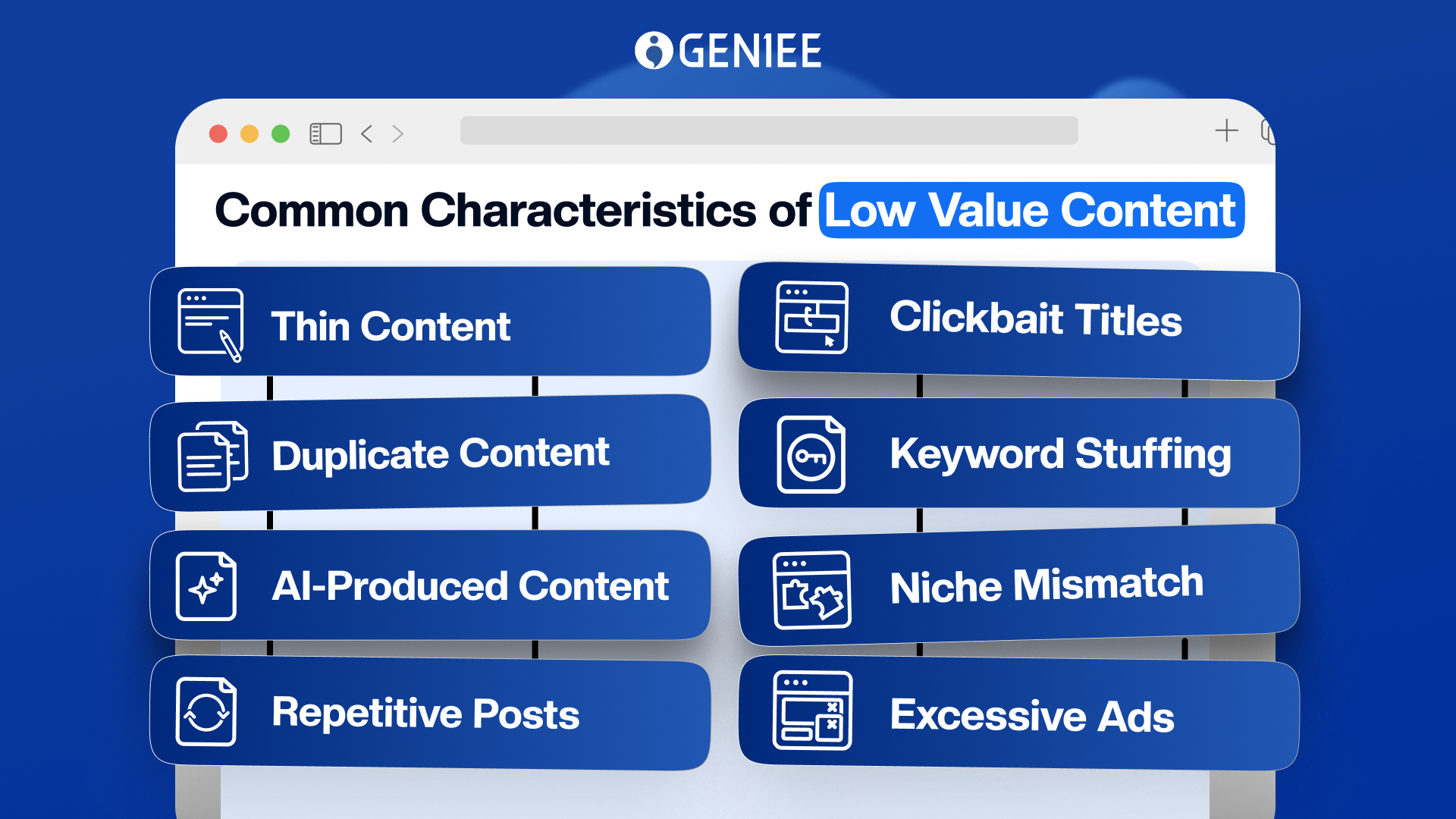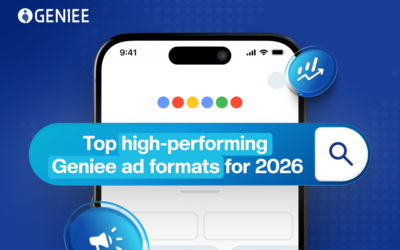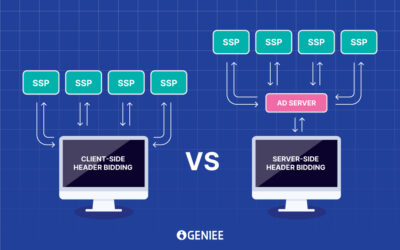Many publishers have applied for Google AdSense and received the frustrating message “Low value content” without understanding what it truly means. In short, Google determined that their sites don’t provide enough unique, helpful, or trustworthy information for users, so it’s not ready to display ads.
This article explains what “low value content” in AdSense really is, how Google evaluates a website’s quality, and most importantly how to fix AdSense low value content issues. With these insights, publishers can get their sites approved and start earning revenue.
What is Google Adsense?
Google AdSense is an advertising program that allows website owners and bloggers to earn revenue by displaying targeted ads on their sites. When users visit pages and interact with ads, Google shares part of the advertising revenue with the owners.
Need more information on Google Adsense? Check out Geniee’s extensive guide on this program, which explains how it works as well as its pros and cons.
However, not all websites are approved for AdSense. Google carefully reviews every application to ensure the site delivers original, high-quality, and valuable content to users.
What is Low Value Content in Adsense?
Low value content in Google AdSense refers to website pages that lack originality, depth, usefulness, or meaningful information for users.
Common characteristics of low value content include:
- Thin content: Articles with very little substance, typically below 300-400 words, that do not provide detailed or helpful information.
- Copied or duplicate content: Content copied or scraped from other sources without adding original insights or value.
- Auto-generated or AI-produced content: Machine-generated text or AI content that lacks accurate facts or editing.
- Repetitive or poorly formatted posts: Lack of headings, clear structure, or readability that makes content hard to consume.
- Clickbait or misleading titles: Content that promises something but delivers little real information.
- Keyword stuffing: Posts written only to target keywords without offering solutions or insights.
- Niche mismatch: Publishing content unrelated to the site’s main focus just to attract traffic.
- Excessive ads: Pages where advertisements overwhelm or distract from the actual content, deteriorating user experience.
Such content fails to demonstrate Google’s E-E-A-T (Experience, Expertise, Authoritativeness, Trustworthiness) principles and does not meet Google’s quality standards for helpful and user-first information.
Apart from attracting ad clicks, Adsense-approved sites must also genuinely help its users.

How does Google evaluate a site’s content?
Google evaluates websites’ content based on how useful, trustworthy, and high-quality it is. The main framework is E-E-A-T, which stands for Experience, Expertise, Authoritativeness, and Trustworthiness, with trustworthiness being the most important factor.
Key factors in Google’s evaluation are:
- Purpose and user value: Does the content fulfill its purpose and truly help users, or is it created just to gain clicks?
- Expertise: Does the content show real experience, expertise, and credibility from both the author and the site.
- Content quality and depth: Is the content well-researched, original, and comprehensive?
- Reputation and transparency: Does the site show clear author details, sources, and ownership of their information?
- User experience: Does the site have a clean layout, easy navigation, and limited intrusive ads?
How to fix Low Value Content in AdSense?
If a site was rejected by Google AdSense for Low Value Content, the platform did not find its content sufficiently original, helpful, or trustworthy.
To address this issue, publishers must focus on improving overall content quality, authority, and user experience. Below are key steps to help publishers meet AdSense standards and build a site that truly provides value to readers.
Refining and expanding content
Google values websites that provide original and informative content. Therefore, expanding both the length and quality of their articles helps build topical relevance and user trust.
- Aiming for depth and completeness: Articles between 800 and 1,500 words that thoroughly address the user’s question tend to perform better. This is because comprehensive content signals authority and increases user engagement.
- Adding original insights and real examples: Publishers can benefit from adding helpful and relevant personal experiences, case studies, or unique perspectives that demonstrate expertise to their articles. This helps distinguish their content from generic or duplicated material.
- Avoiding copying from official sources or competitors: Duplicate or paraphrased information adds little value to users and can negatively affect a site’s credibility.
Publishing consistently with topical depth
- Updating our blog regularly: By regularly publishing new, high-quality posts, a site demonstrates an ongoing commitment to providing fresh and relevant information within its niche.
- Organize related content into clusters: Cover interconnected topics (for example, “Learning Platforms” → Moodle, Canvas, Blackboard) to demonstrate expertise in a specific field.
Strengthening site’s credibility
Demonstrating authority and expertise is essential to AdSense approval.
- Referencing reputable sources: When citing facts or data, linking to trusted industry or government websites reinforces the article’s credibility.
- Earning backlinks from relevant websites: External links from established domains act as endorsements of a website’s reliability.
Enhancing user experience
A clean, fast, and user-friendly design not only improves engagement but also aligns with Google’s focus on delivering positive experiences to users.
- Simplifying site navigation: It is recommended to use clear menus, categories, and internal links to help users easily find related information.
- Controlling ad placement: Publishers should limit the number of ads per page and avoid layouts that disrupt readability or slow page loading.
- Using original, optimized visuals: Apart from text, articles should also include unique images, infographics, or screenshots that complement the text and improve engagement.
- Ensuring fast performance on all devices: Users today browse websites across multiple devices (mobile, tablet, and desktop). Therefore, loading speed and responsiveness must be optimized for all screen types.
Maintain a clean and organized index
Keeping the site structure well-organized signals its quality and strengthens its overall SEO performance.
- Regularly reviewing Google Search Console: From Google Search Console’s reports, publishers should remove broken links, outdated pages, or duplicate URLs that may still appear in search results.
- De-indexing unnecessary pages: Excluding “test,” “error,” or “temporary” URLs help sites maintain a professional and relevant index.
- Keeping only valuable pages indexed: All visible pages must offer meaningful, accessible content to users.
Avoiding overly promotional or click-driven content
Overly promotional or click-driven content may reduce user trust and violate AdSense’s focus on user-first content. Therefore, publishers should maintain a balanced, professional tone.
- Removing aggressive calls to action: Publishers should avoid forcing users to subscribe, comment, or share before accessing information.
- Adopt an informative tone: To build credibility with readers and Google, they should prioritize value and clarity over promotional intent.
Conclusion
AdSense is not merely a tool for monetization. It’s also a platform that encourages creators to produce truthful, reliable, and user-focused content. By consistently providing helpful and authentic information that genuinely serves the audience, publishers will achieve sustainable growth over time with their sites.




0 Comments